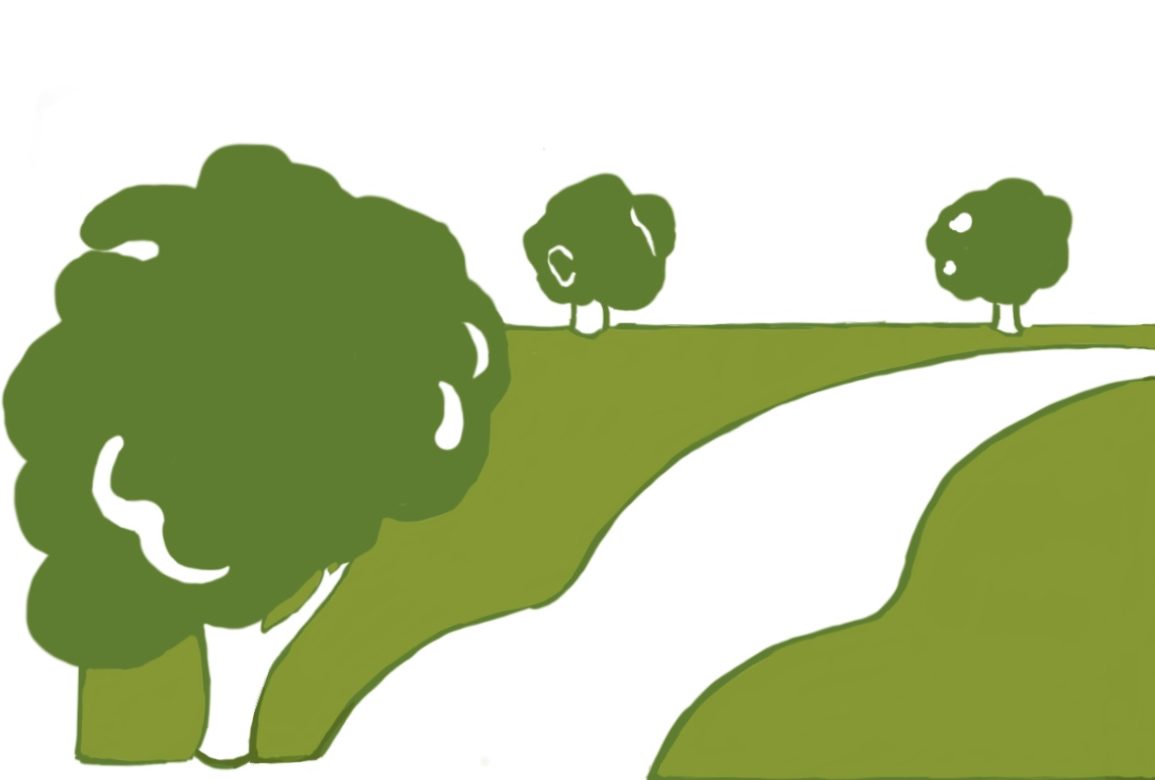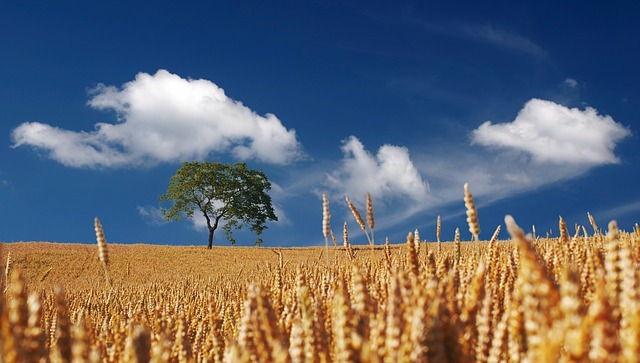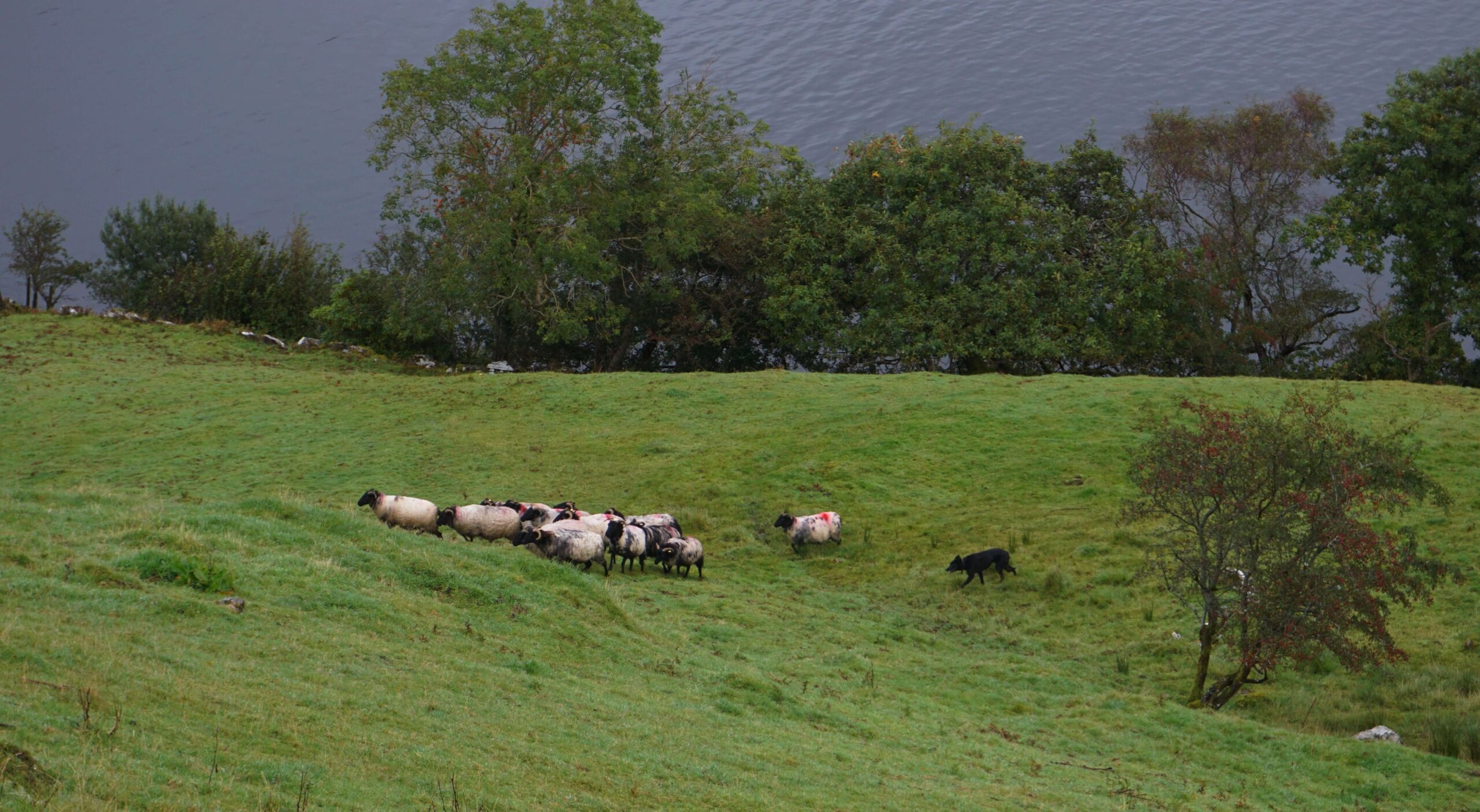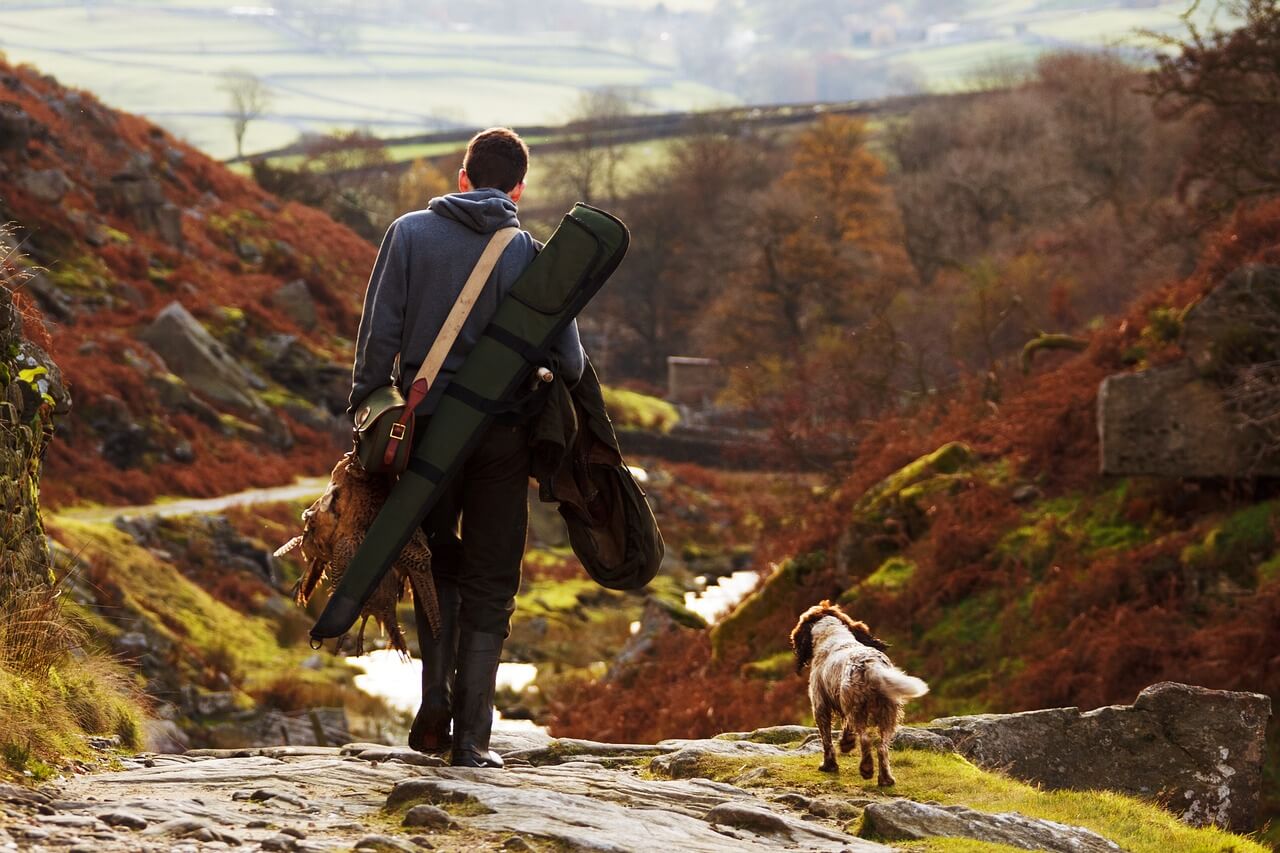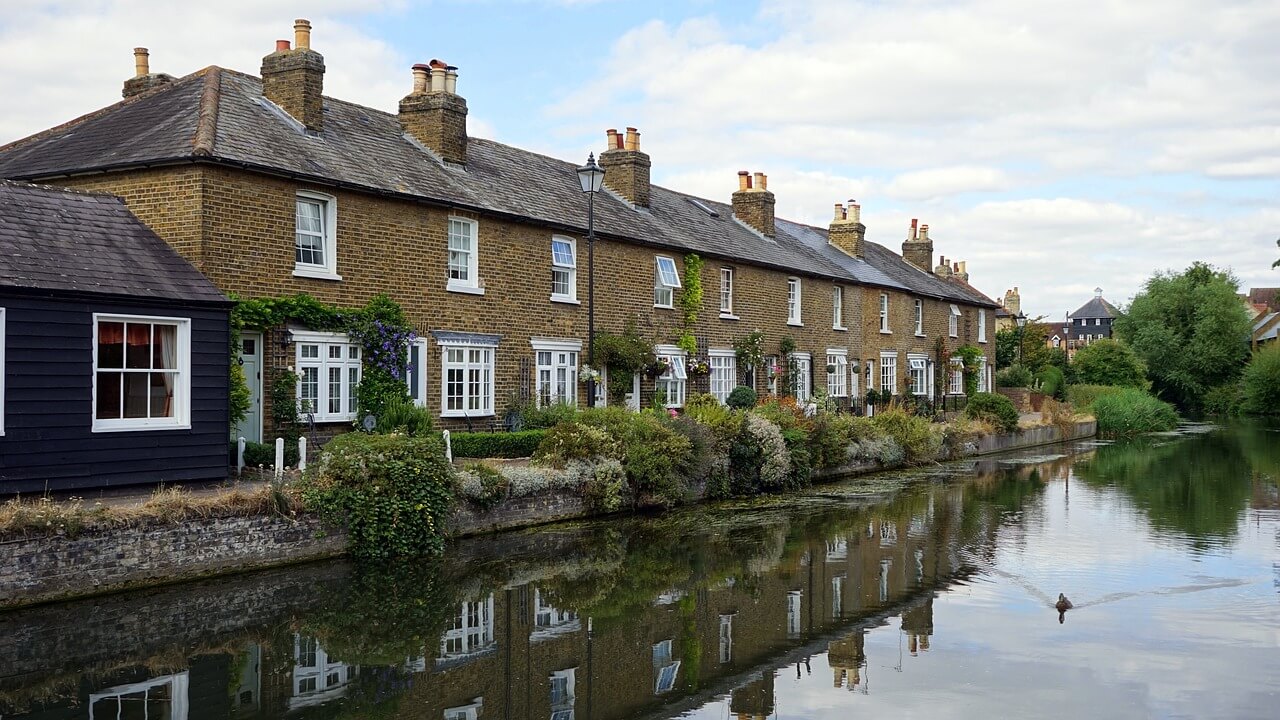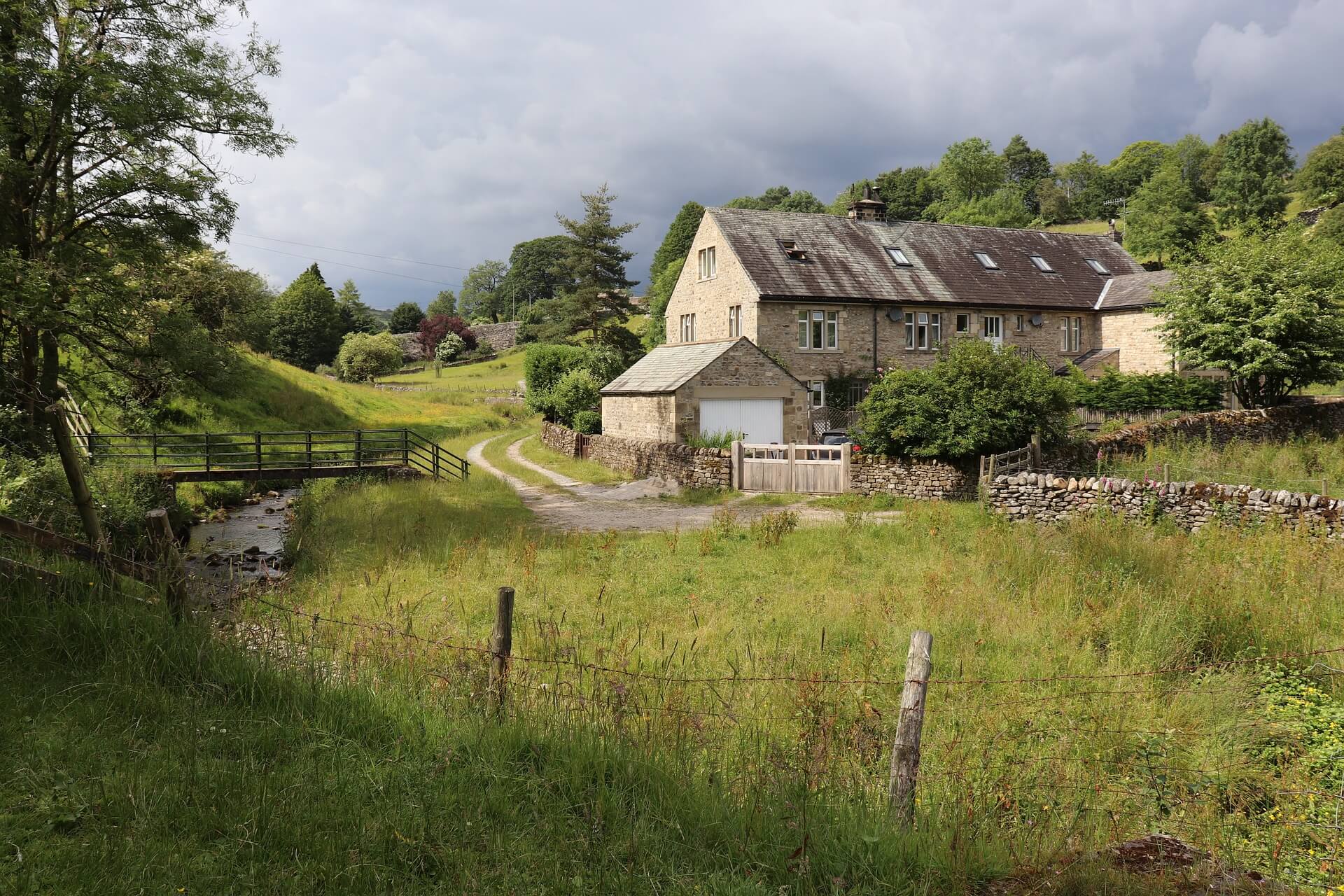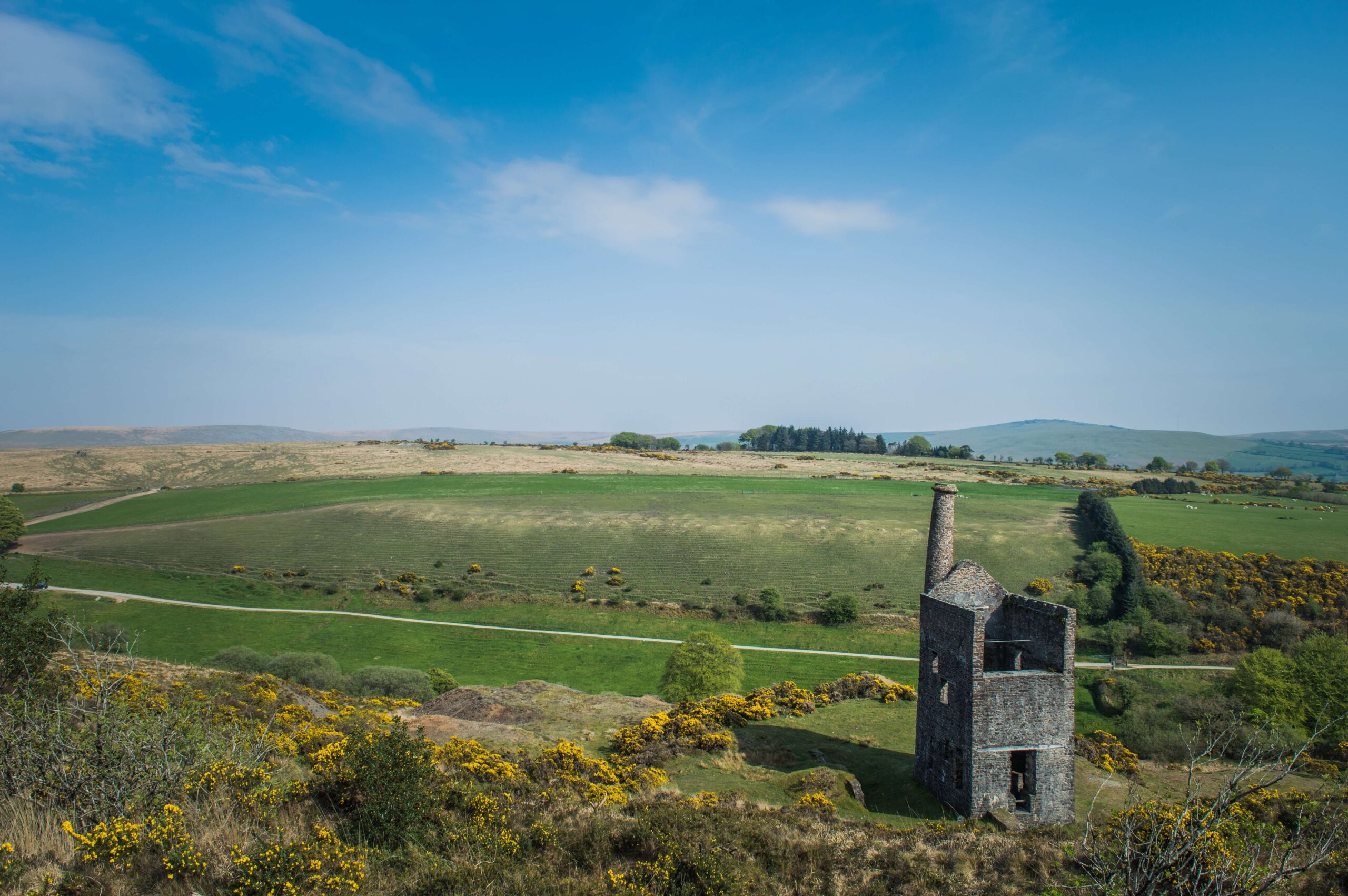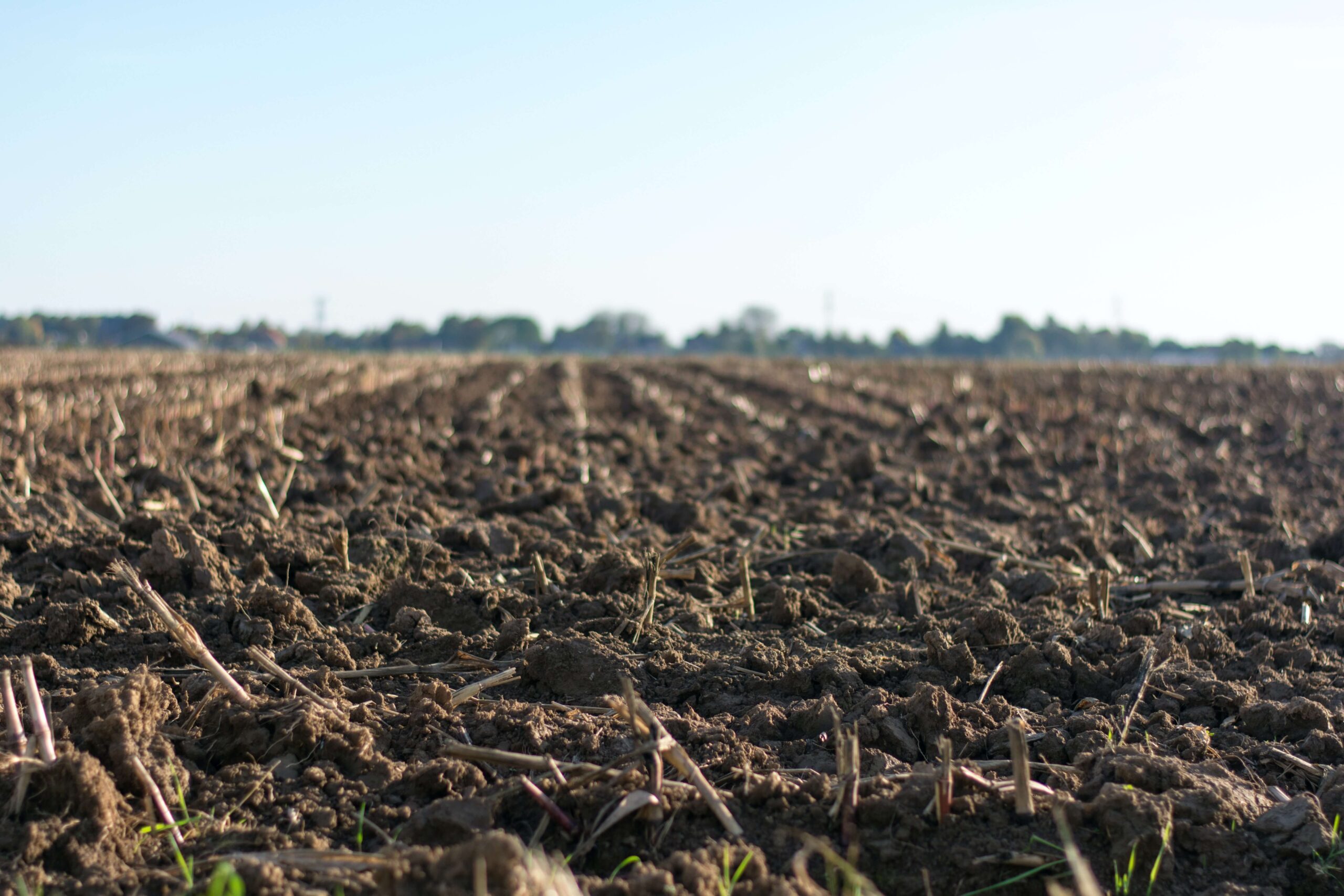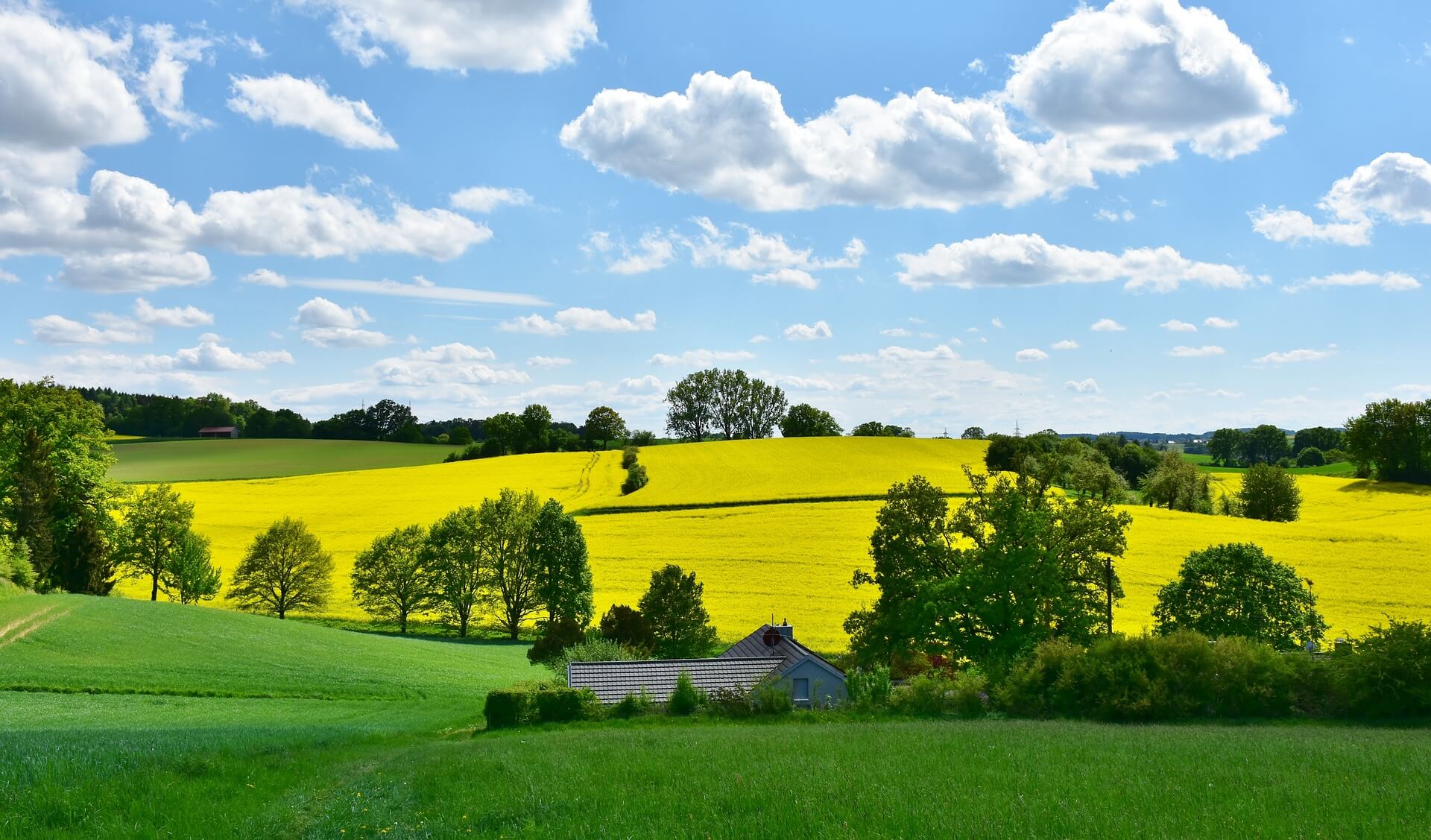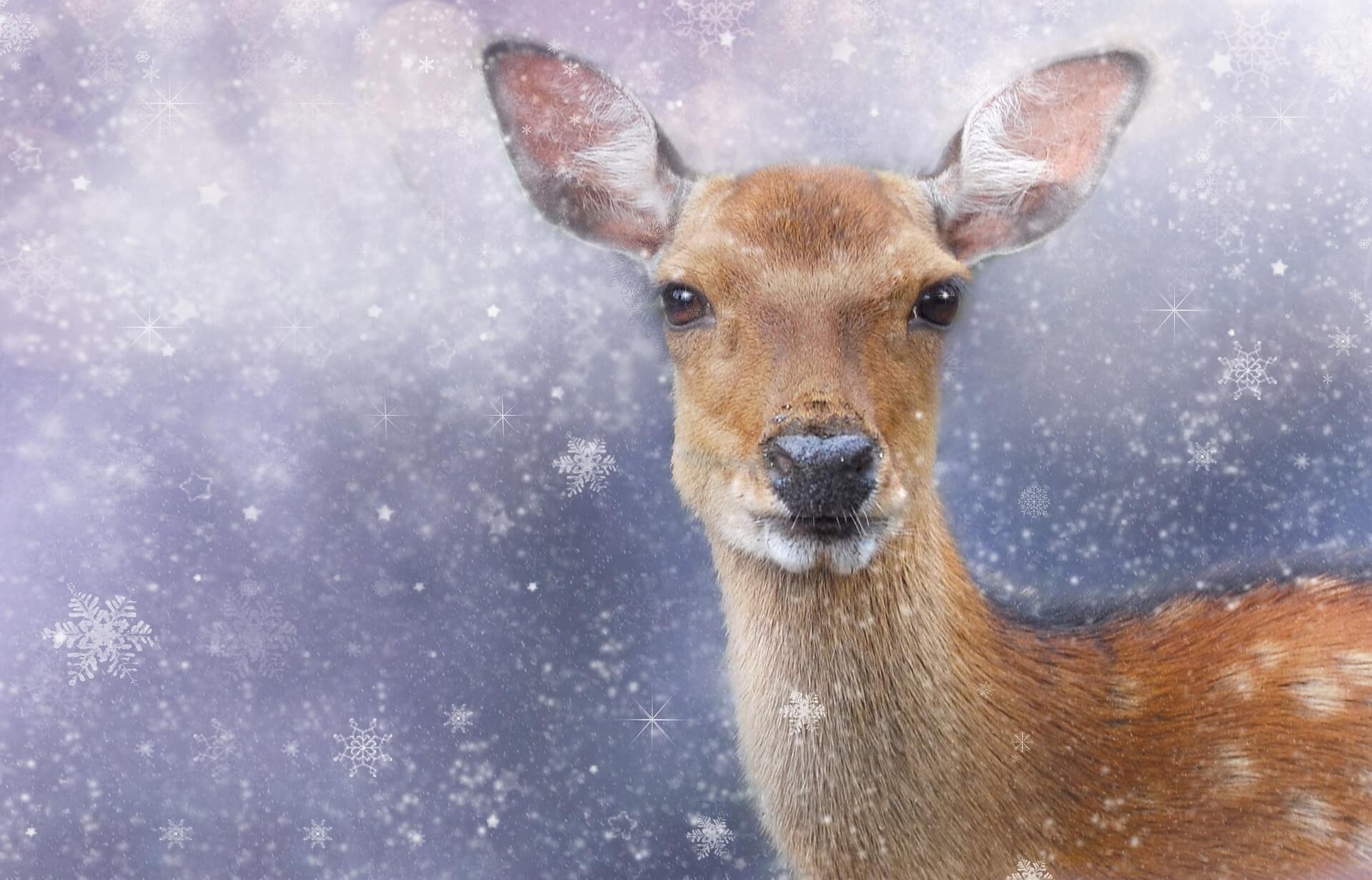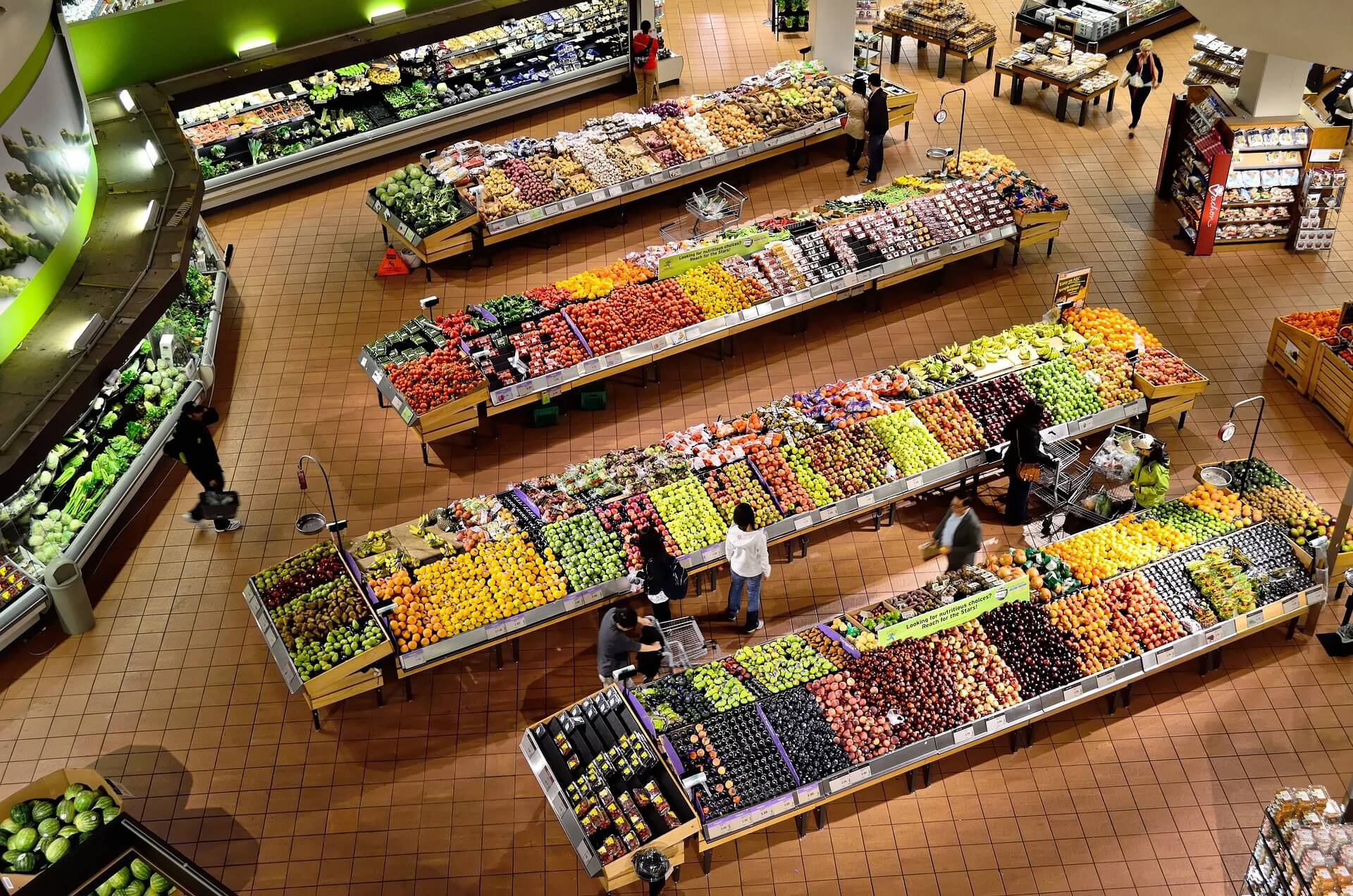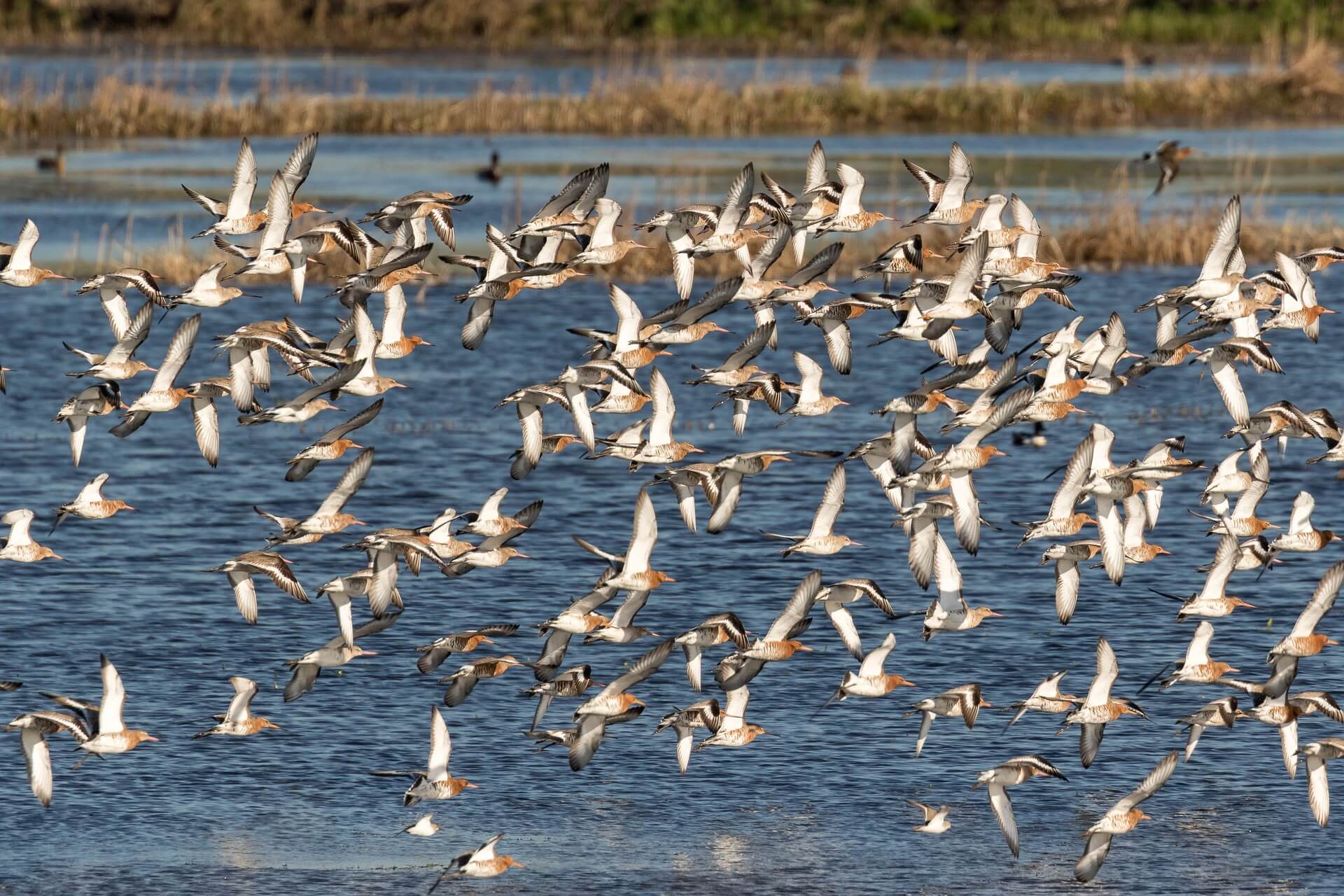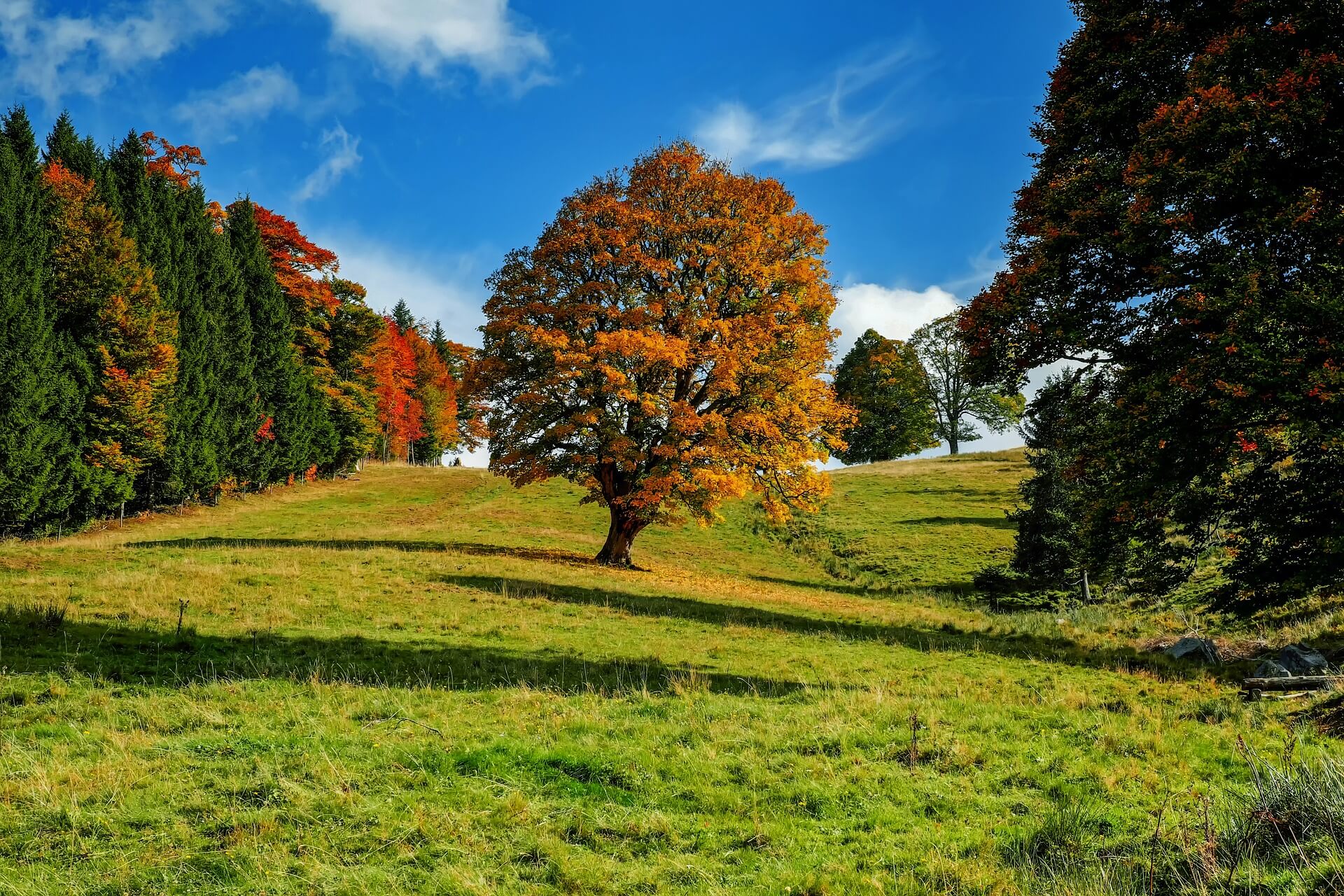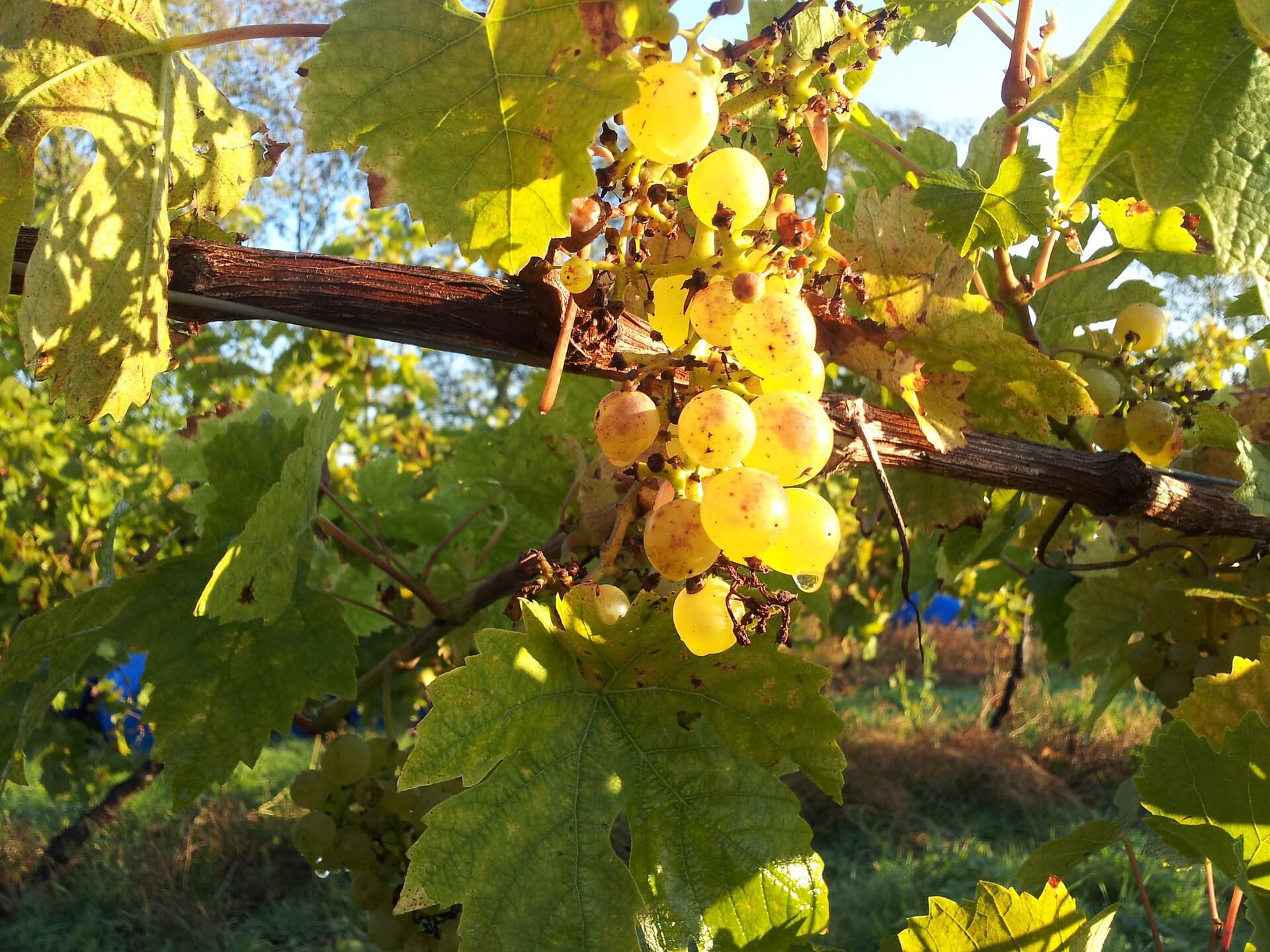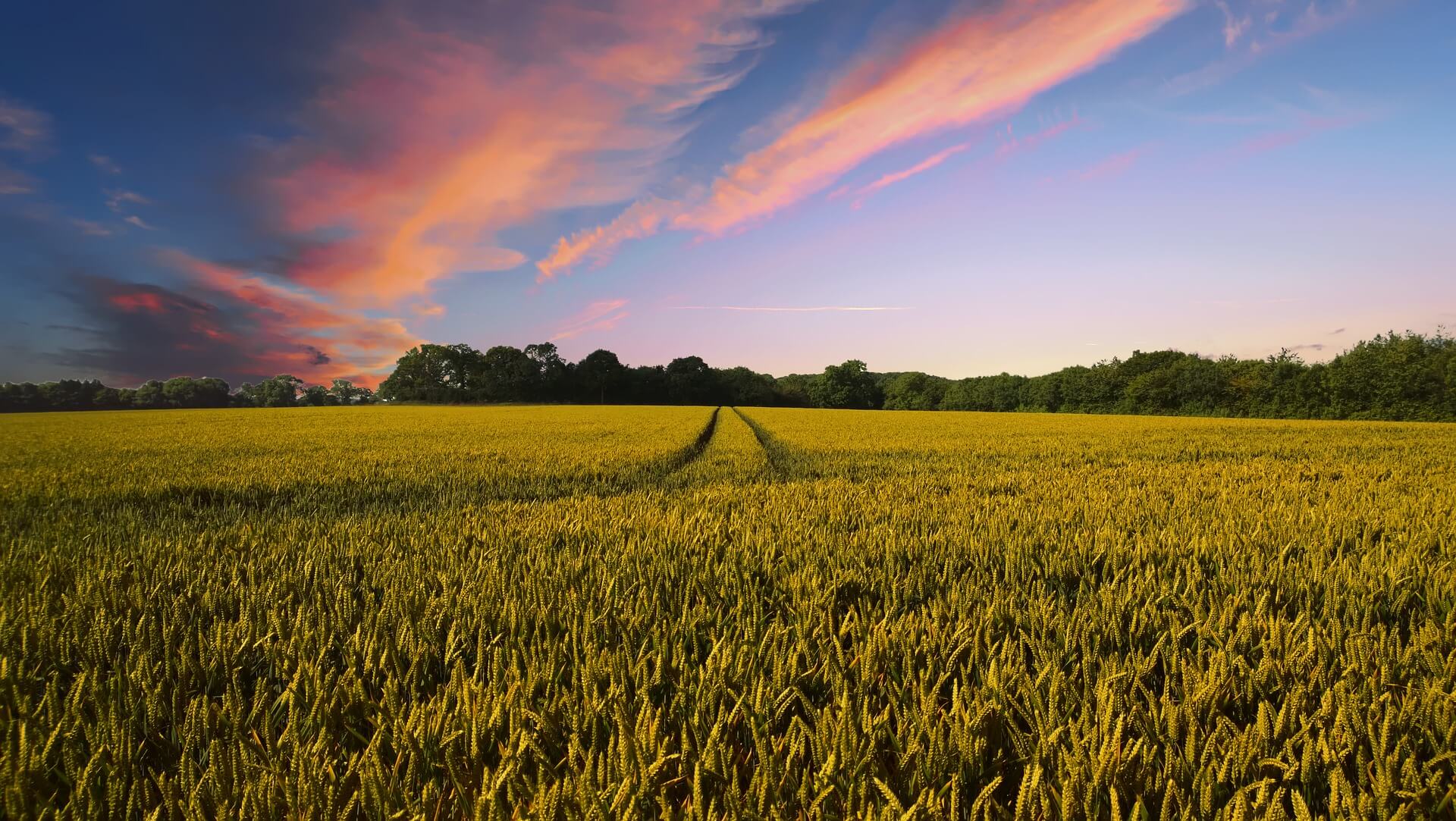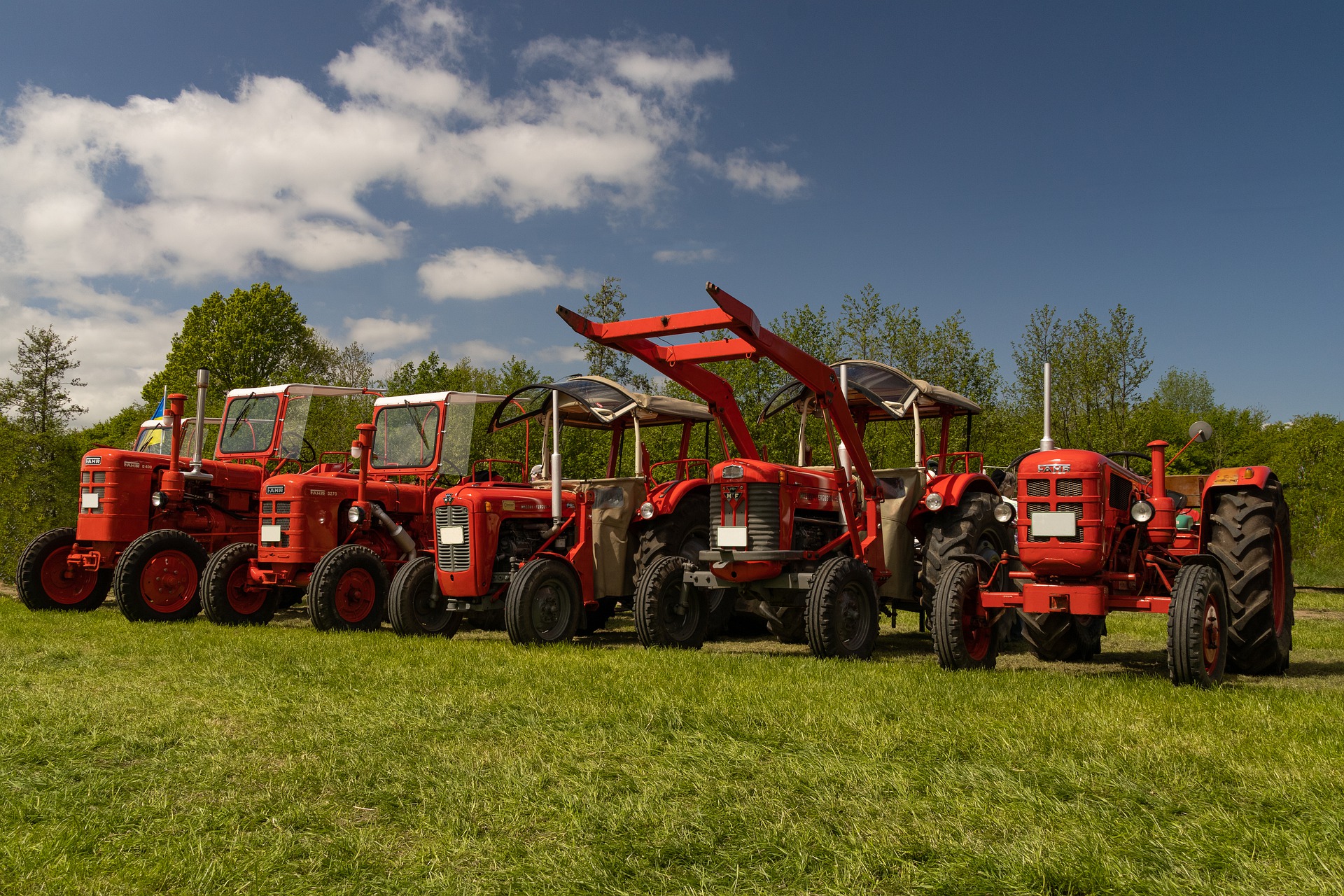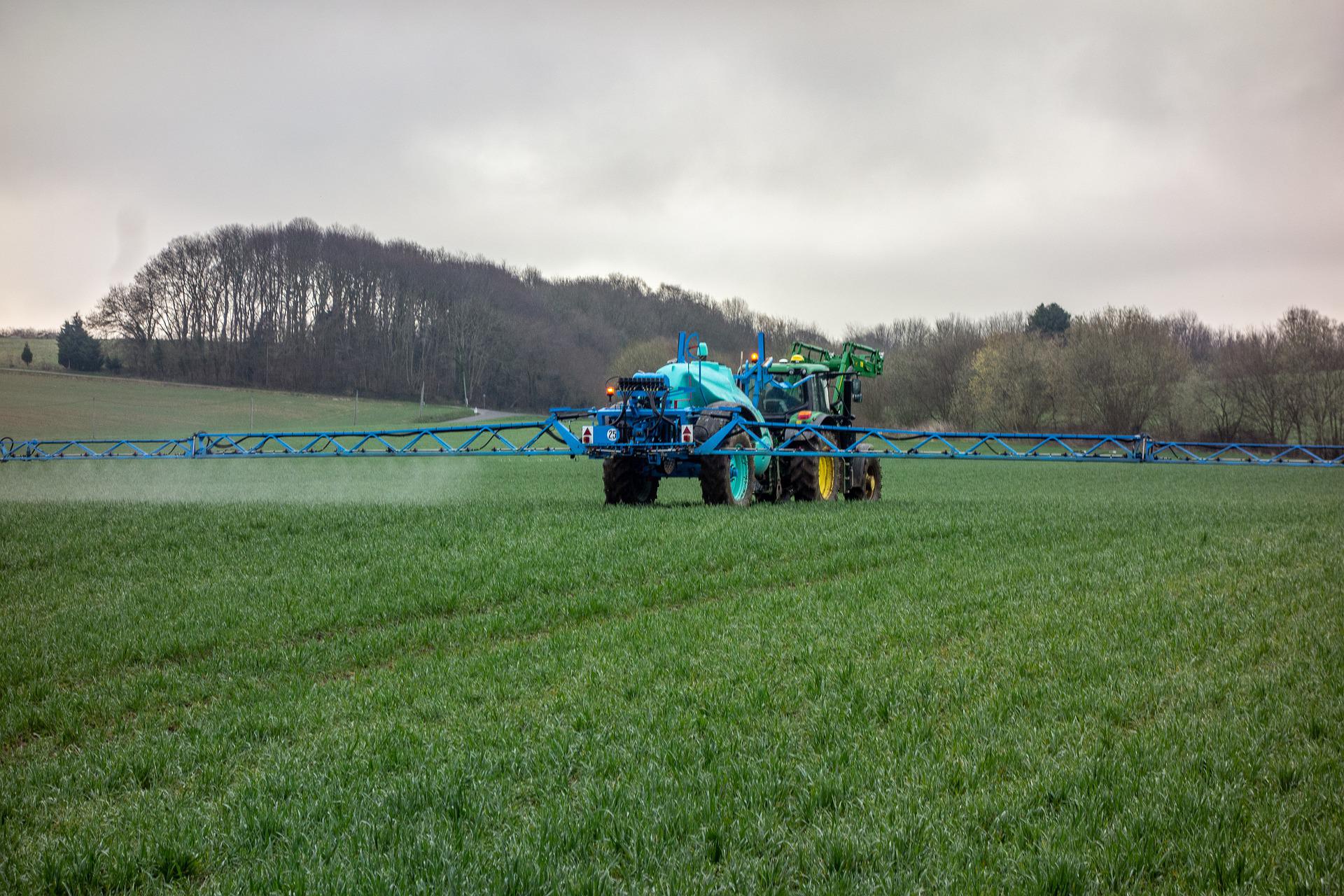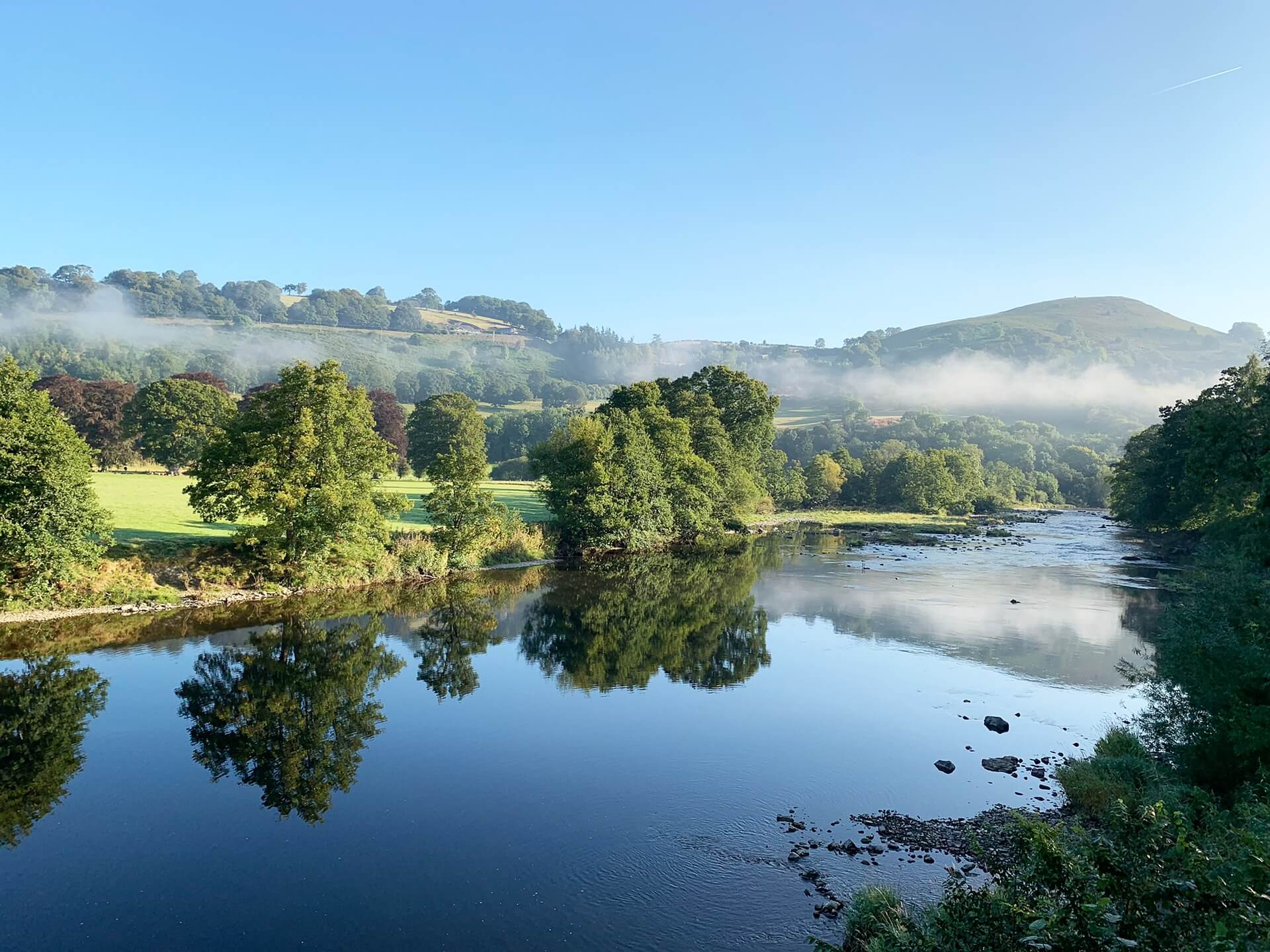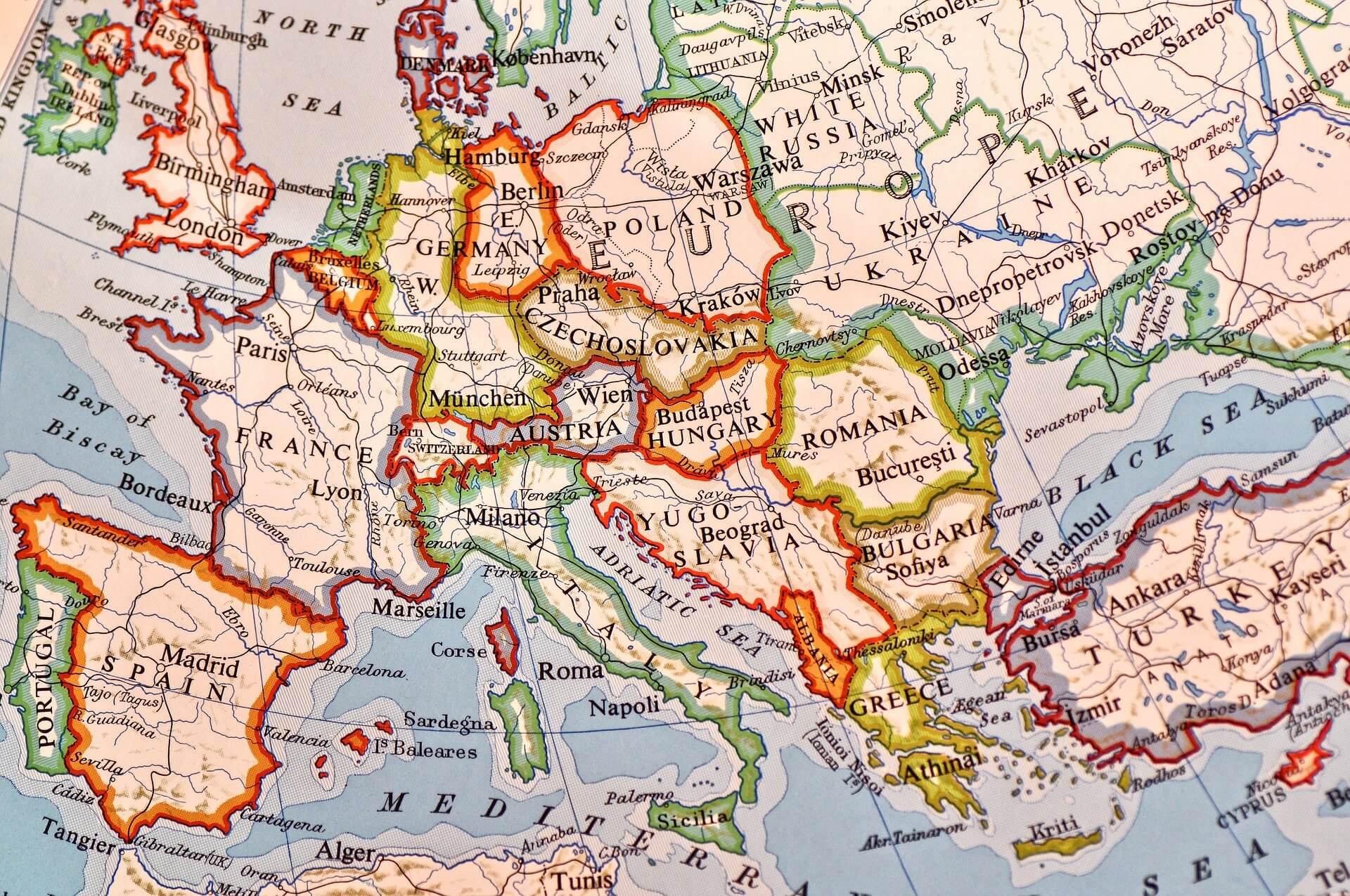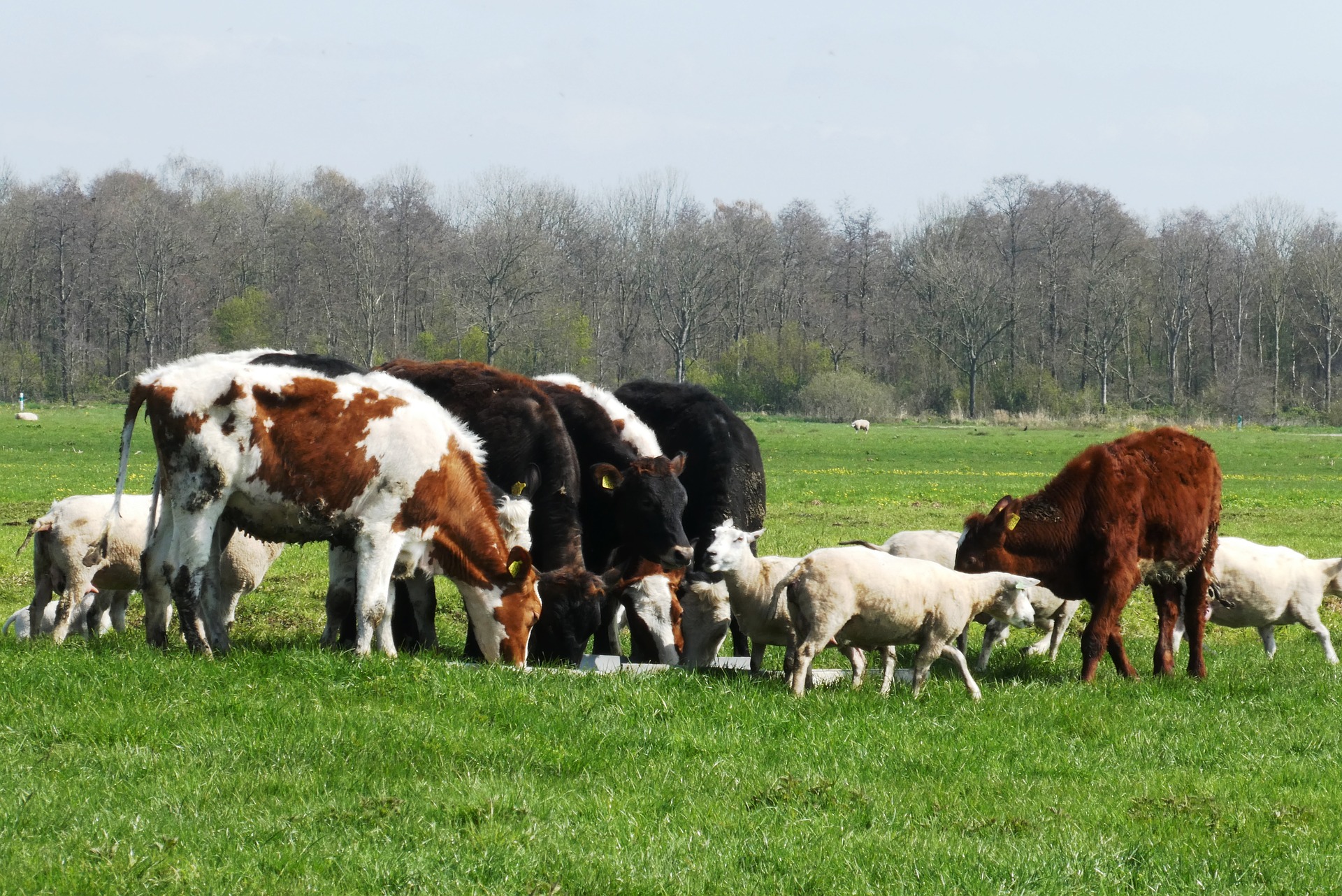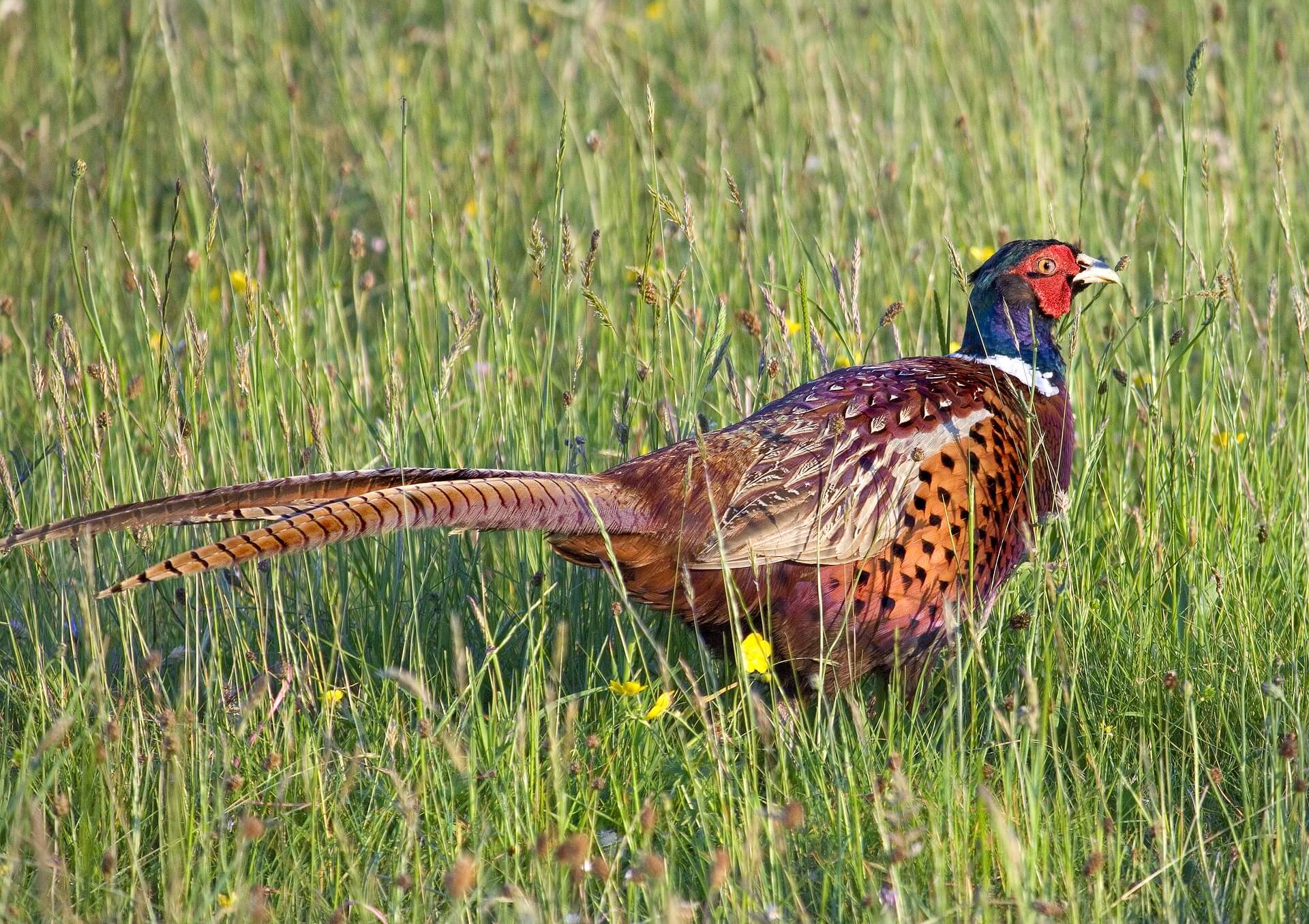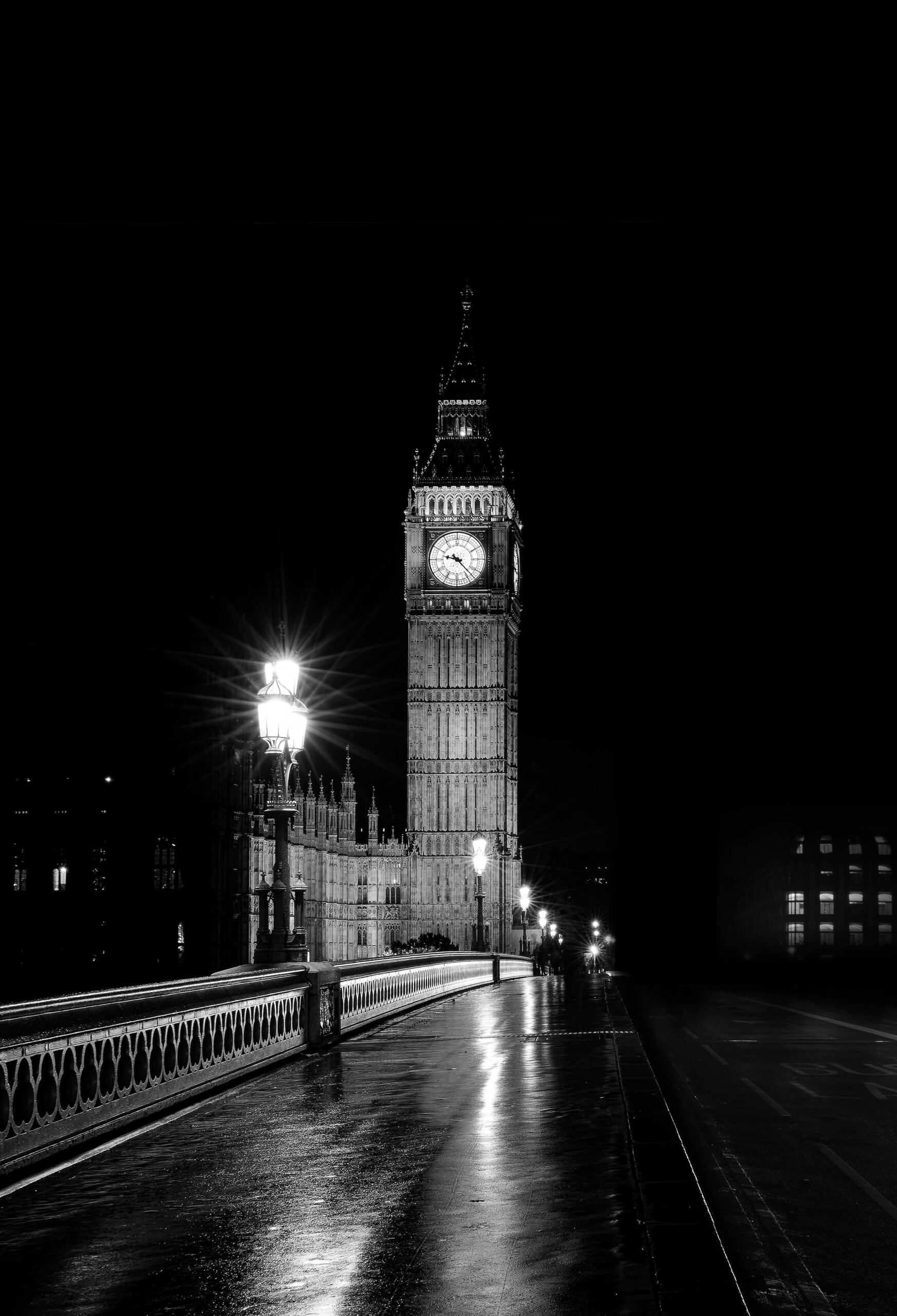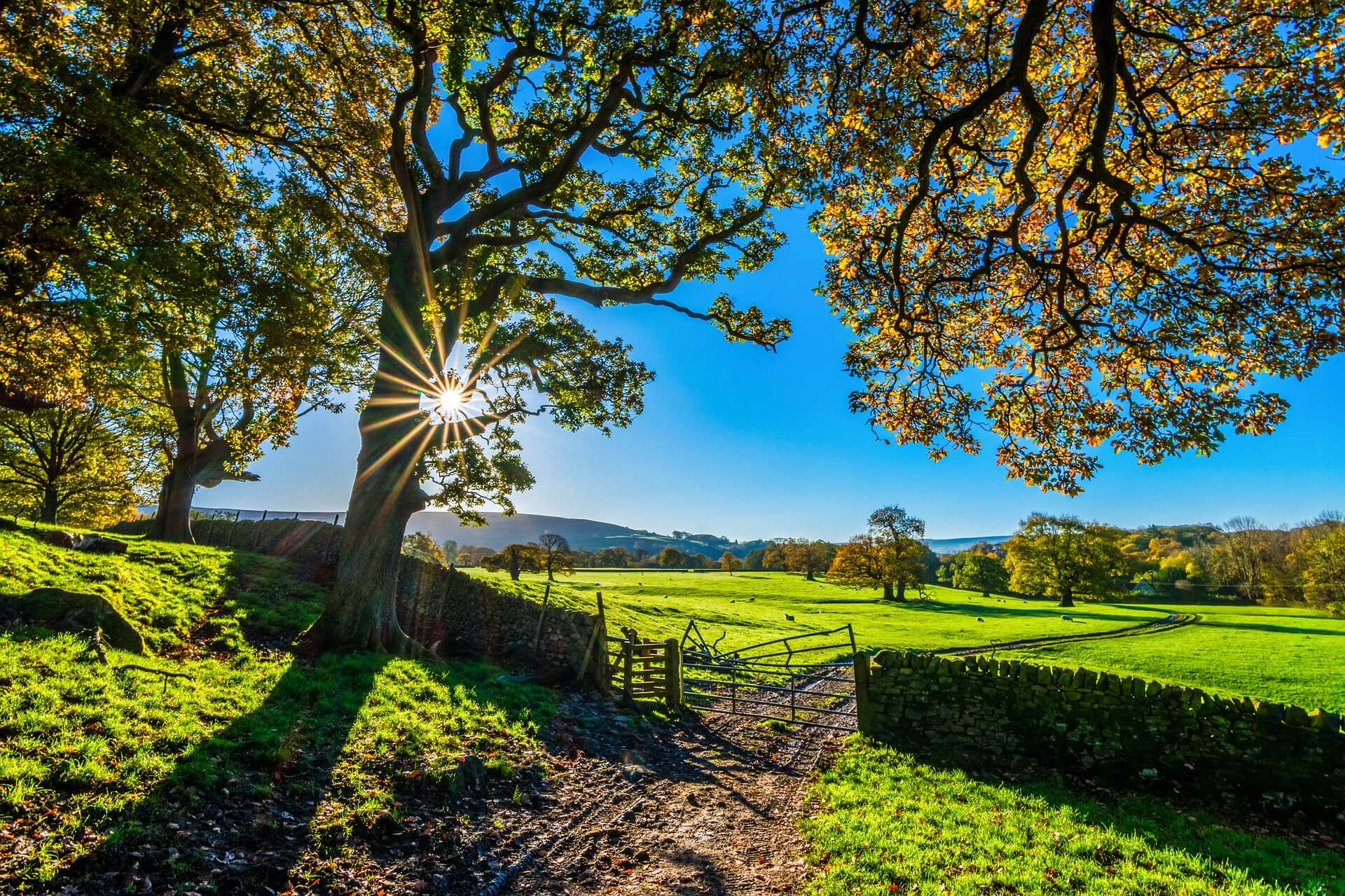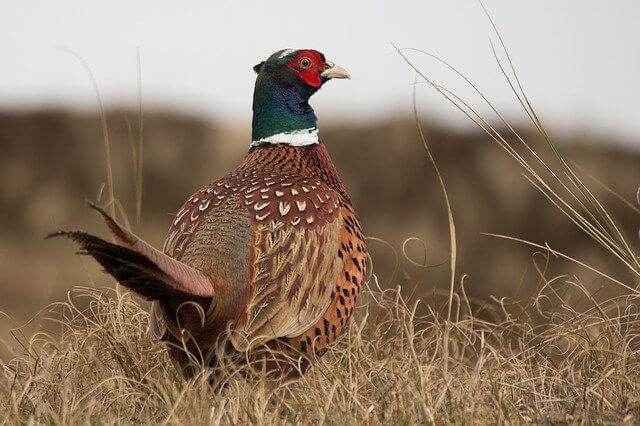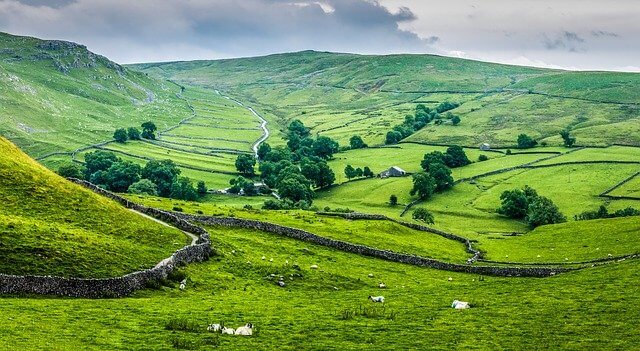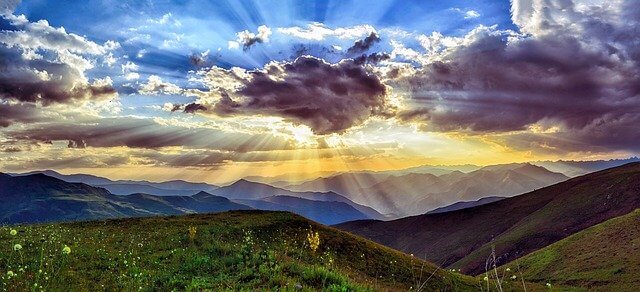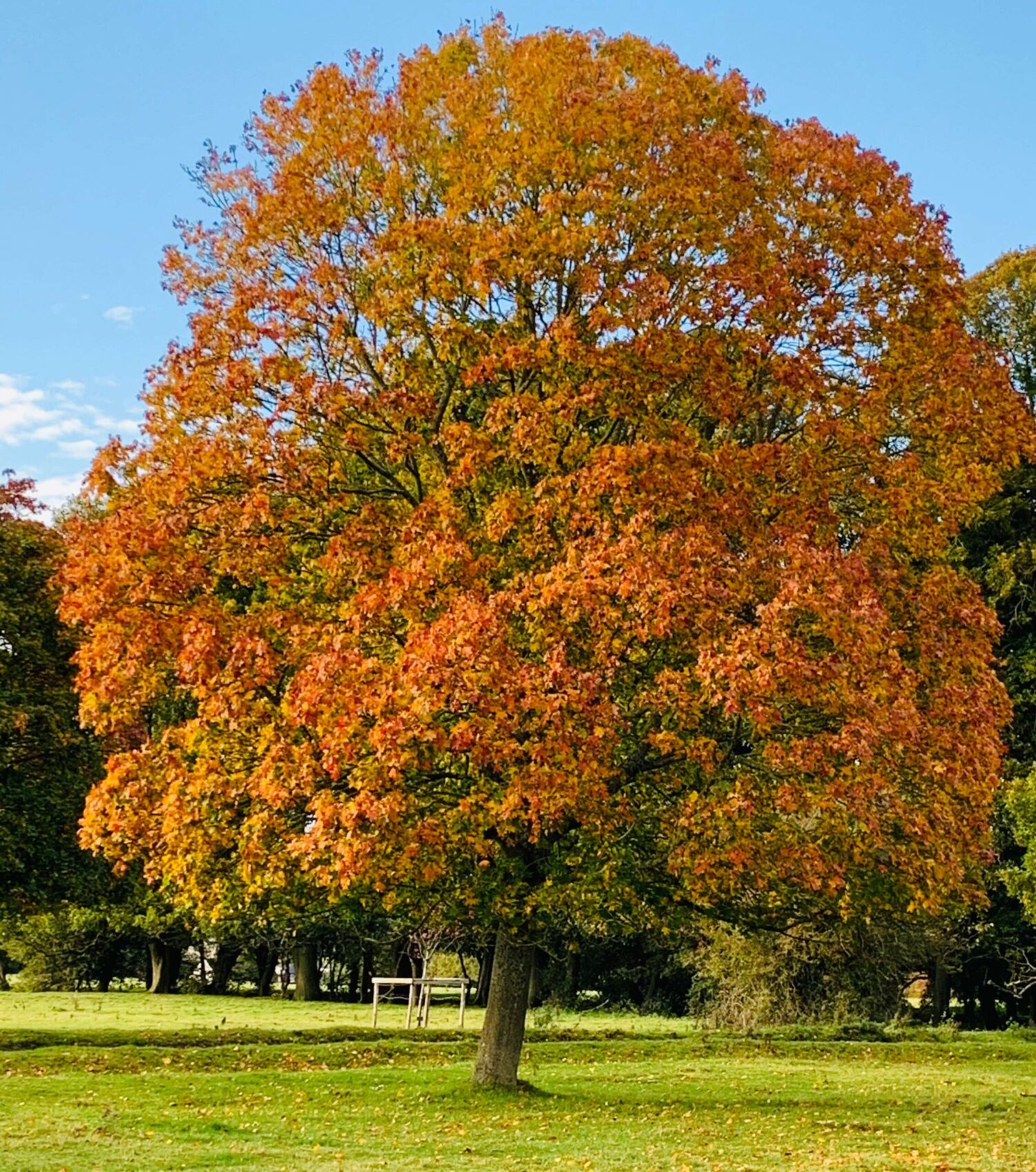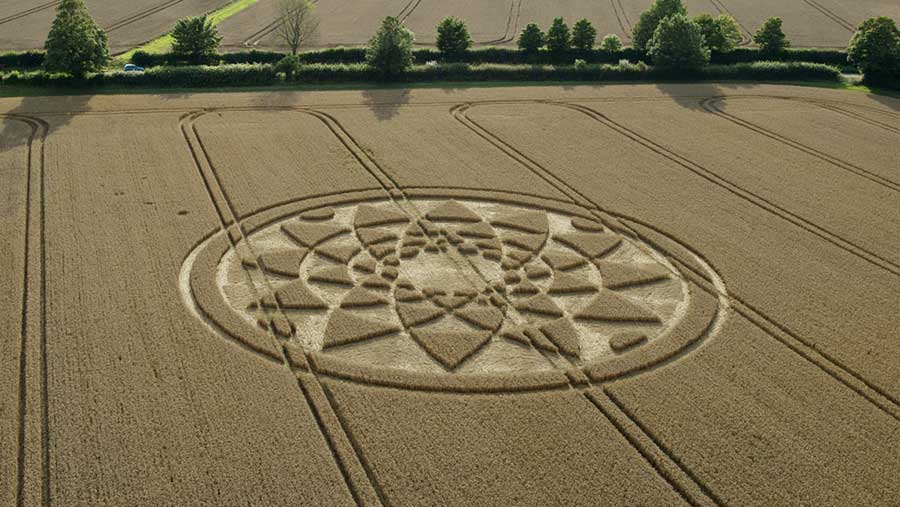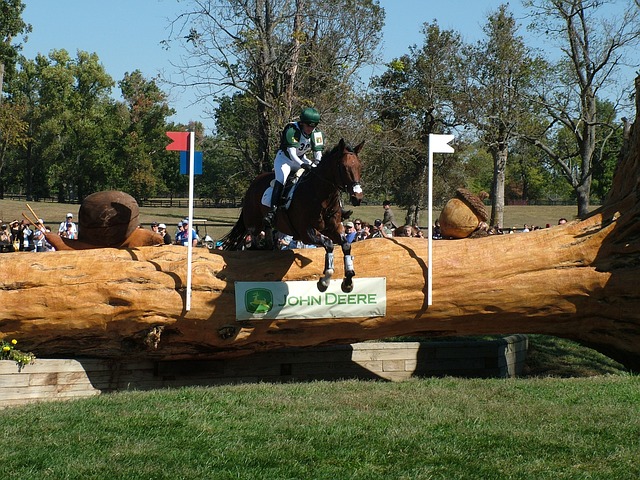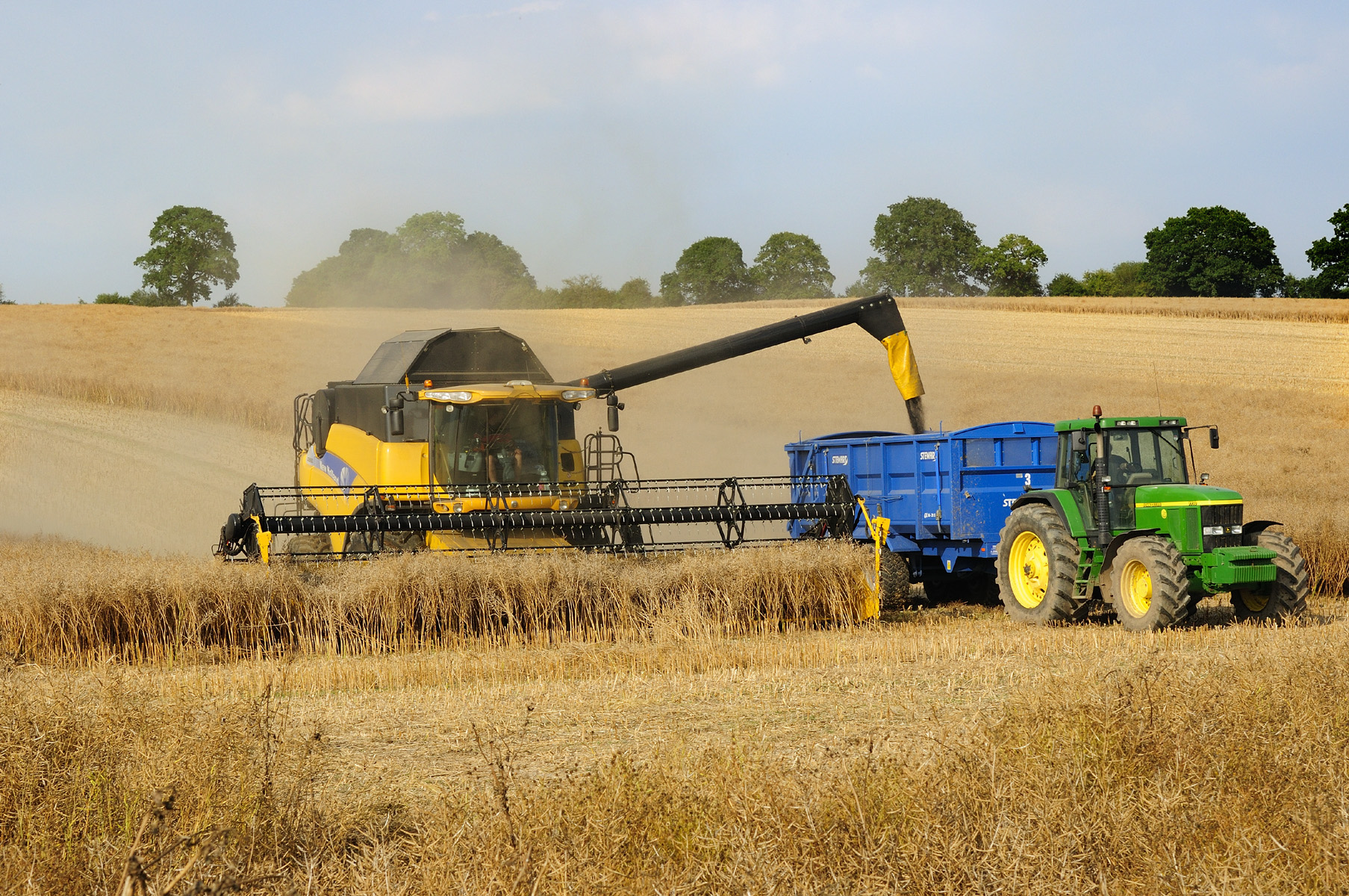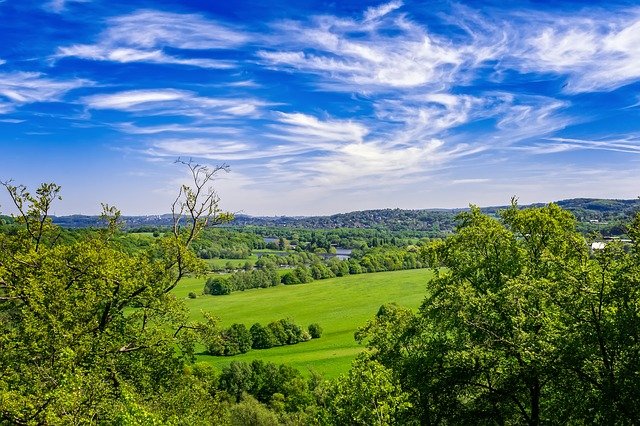This is the season for outdoor rural events, agricultural shows, village fetes, Battle Proms, game fairs amongst them. The Covid-19 pandemic has caused chaos with most cancelled last year, many again this year. Even before the pandemic struck, some were in financial difficulties and it remains to be seen how many will survive into the future. Habits and tastes change and agricultural shows no longer attract the gates they once did.
The most obvious casualty was the Royal Show at Stoneleigh Park, the last held in 2009. Once arguably the most prestigious agricultural show in the world, it had lost focus and attendance had been falling for years. The Royal Agricultural Society of England, which ran the show, reverted to its original aim of education and knowledge exchange. It sold most of its unique collection in 2014 and a 150 lease on the showground, which is now being redeveloped as a centre for science-based rural industries.
The CLA Game Fair was another to go under, the last held in 2015 at Harewood in Yorkshire. Despite its huge success, the event had been losing money for some years, most notably in 2007 and 2012, both cancelled due to bad weather and waterlogged ground. The CLA claimed that cancellation insurance was so expensive that profits could not be made and decided to end its association. Fortunately it was picked up by another organisation and, after an uncertain start in 2016, has gone from strength to strength since. This year it will again be held at Ragley Hall in Warwickshire on 23rd to 25th July.
The appalling summer of 2012 caused many events to be cancelled. The much loved Alresford Show, a throwback to agricultural shows of old, is held on the first Saturday in September. That year it was called off on the morning of the show when cars had to be towed into the car parks. That caused a huge financial deficit from which the society only recovered with help from the Tichborne Estate which hosts the show.
But survive it did and further events have been held since. The 2020 show had to be cancelled due to the pandemic and the society has taken the decision not to hold one this year either. It costs around £220,000 to put on the show and the usual attendance of around 15,000 people is required to cover that figure. There has to be a risk that some limit on attendance might be imposed due to the pandemic for which insurance is not an option.
However, the South of England Show was held this year from 11th to 13th June on its showground at Ardingly in Sussex. Of course, it lost money last year without a show or other showground lettings, but reserves are sufficient and the show remains a going concern. Whilst the show makes a modest profit, it is the letting of the showground for other events, car boot sales, heritage proms, even pop concerts, that is a significant source of income.
So, how financially viable is an agricultural show today? So many have been lost over the decades, those that have survived and prospered have bucked the trend. There has been great debate about the future of the Royal County of Berkshire, more commonly known as Newbury Show. It was not held last year, nor will it be this, and there has to be a doubt that it will ever be held again, at least in the format of the past. Attendance has been falling for years and the show last made a profit in 2015. It looked more favourable in 2019 but bad weather on the Sunday put paid to that.
There have been a number of factors that have brought the society to this parlous state. Life memberships were sold at a significant discount in the past, which raised money then but not on a continuing basis. The cattle building, costing over £1 million, was erected, funded partly by reserves and donations but also a substantial bank loan. It has been something of a white elephant, bringing in little income to service the borrowing.
Perhaps the most significant negative factor has been the attitude of West Berkshire planners. There is a Section 106 agreement in place which severely limits what the showground can be used for and thus rental income, unlike the flexibility enjoyed by the South of England Society. The final straw was the Covid pandemic which reduced options still further, although use as a testing centre has helped.
The showground itself has the unique geographical position on the junction of the M4 and A34, making it ideal for a logistics or distribution centre. The trustees of the society, which has charitable status, propose to sell an option on the showground which would provide a large, much needed, capital injection. The Society would continue to own and operate the showground until planning consent is achieved and the option exercised, thought to be five to fifteen years.
There has been opposition to the proposal and a meeting for members was held last week at which the position was explained and some detail of the proposal given. After many years of obduracy, there are also signs that the Council may finally be willing to consider amending the s 106 agreement to give more flexibility.
It is sad that the Newbury Show of old will never be held again but, in truth, the world has moved on in ways that make it unviable. At least the potential injection of capital will allow the Society to move forward, perhaps to hold smaller shows with different emphasis. And, if the showground is eventually developed, the society will have adequate funds to buy another ground.
